- PUBLICATIONS
- Selected
- All Publications
Selected Publications
For the full list of publications, see [All Publications].
12. Jun Yi#, Yue-Jiao Zhang#, Yi-Fan Huang#*, Jun-Rong Zheng, En-Ming You, Xiang Wang, Wei Lu, Petar M. Radjenovic, Meng Zhang, Sai Duan, Jian-Feng Li*, Bing-Wei Mao, De-Yin Wu, Bin Ren, Wolfgang Schmickler, Alexei A. Kornyshev, Xin Xu, Xiang Zhang, Zhong-Qun Tian*. Unveiling the angstrom scale interfacial electron spillover through metal/electrolyte interface, Journal of the American Chemical Society, 147, 29468–29477 (2025).[pdf]
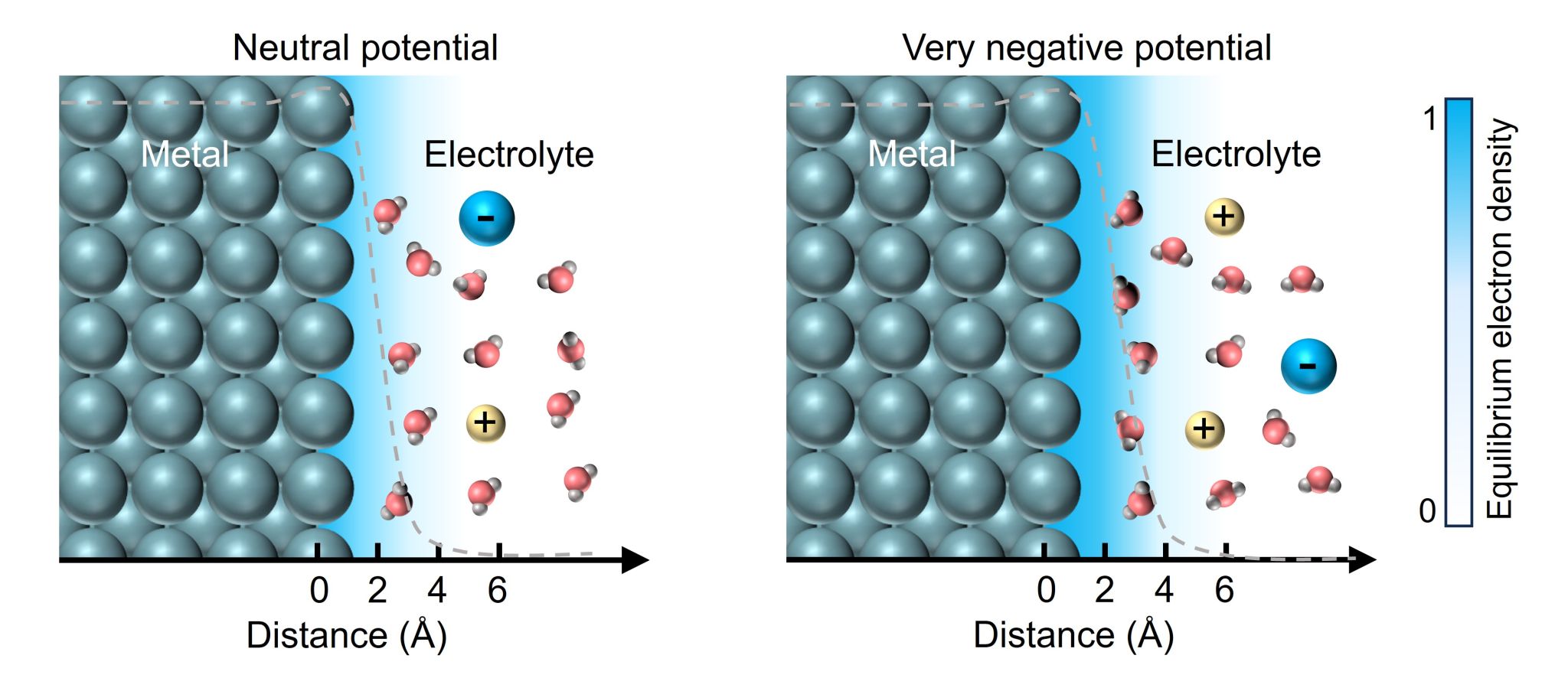
In this paper, we provided quantitative measurements of interfacial electron spillover at the metal/electrolyte interface by combining in situ electrochemical plasmon-enhanced Raman spectroscopy (EC-PERS) and quantum hydrodynamic theory (QHT).
11. Peiwen Ren#, Junrong Zheng#, Zhuo Huang#, Yan Liu, Long Zhang, Hua Zhang, Jingwen Ma, Zhanghai Chen*, Jian-Feng Li*, Jun Yi*, Zhilin Yang*. Far-field excitation of a photonic flat band via a tailored anapole mode, Physical Review Letters, 135, 083803 (2025).[pdf]
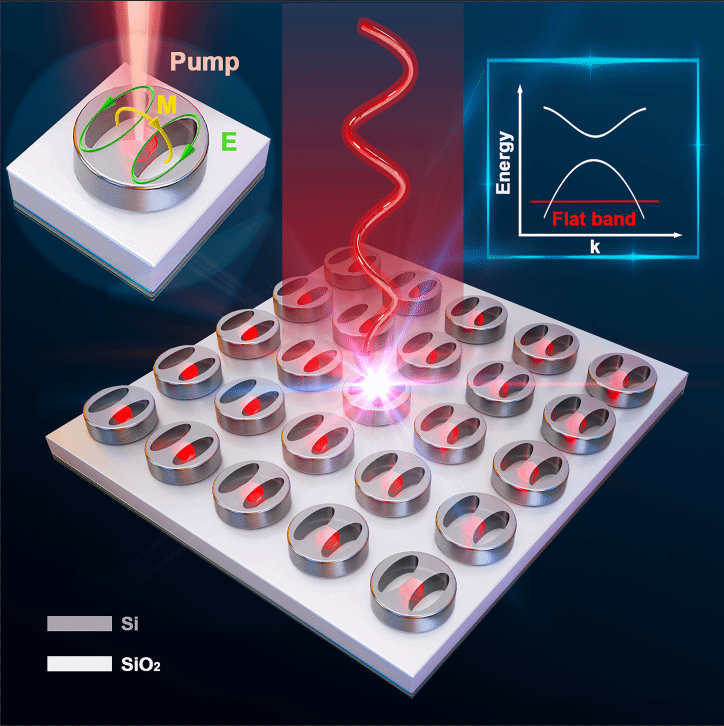
In this paper, we developed a method for achieving and controlling flat bands in photonic crystals using electromagnetic anapole modes, which severs as a viable mechanism for the far-field excitation of photonic flat bands.
10. Zhaodong Meng, Tai-Ru Wu, Li-Ling Zhou, En-Ming You, Zhi-Peng Dong, Ganyu Chen, De-Yin Wu, Jun Yi*, Zhong-Qun Tian. Colocalized Raman and IR Spectroscopies via Vibration-Encoded Fluorescence for Comprehensive Vibrational Analysis, Journal of the American Chemical Society, 147, 16309-16318 (2025).[pdf]
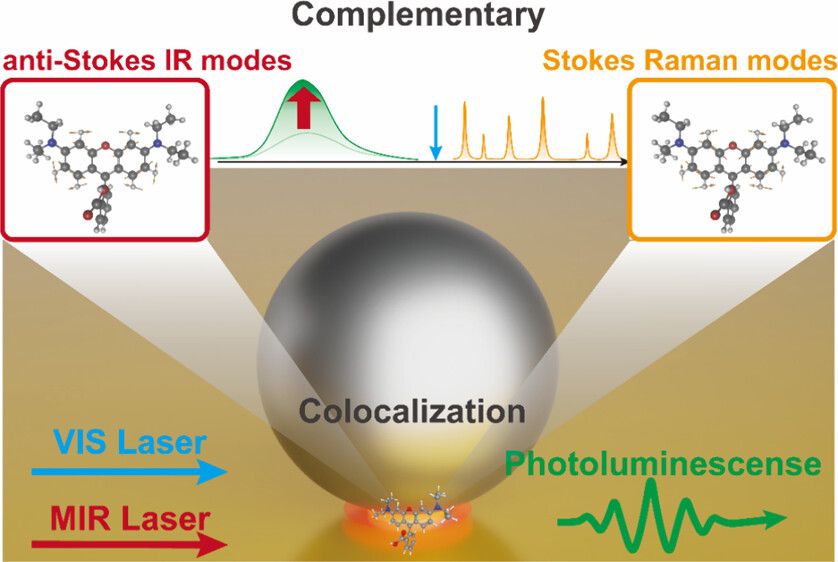
In this paper, we developed a complementary vibrational spectroscopy based on vibrational-encoded fluorescence (VEF) process, and demonstrated the simultaneous detection of complete vibrational modes for the same-site molecules with ultrahigh sensitivity.
9. Jun Yi#, En-Ming You#, Guo-Kun Liu, Zhong-Qun Tian*. AI-Nano-Driven Surface-Enhanced Raman Spectroscopy for Marketable Technology, Nature Nanotechnology, 19, 1758–1762 (2024) [pdf]
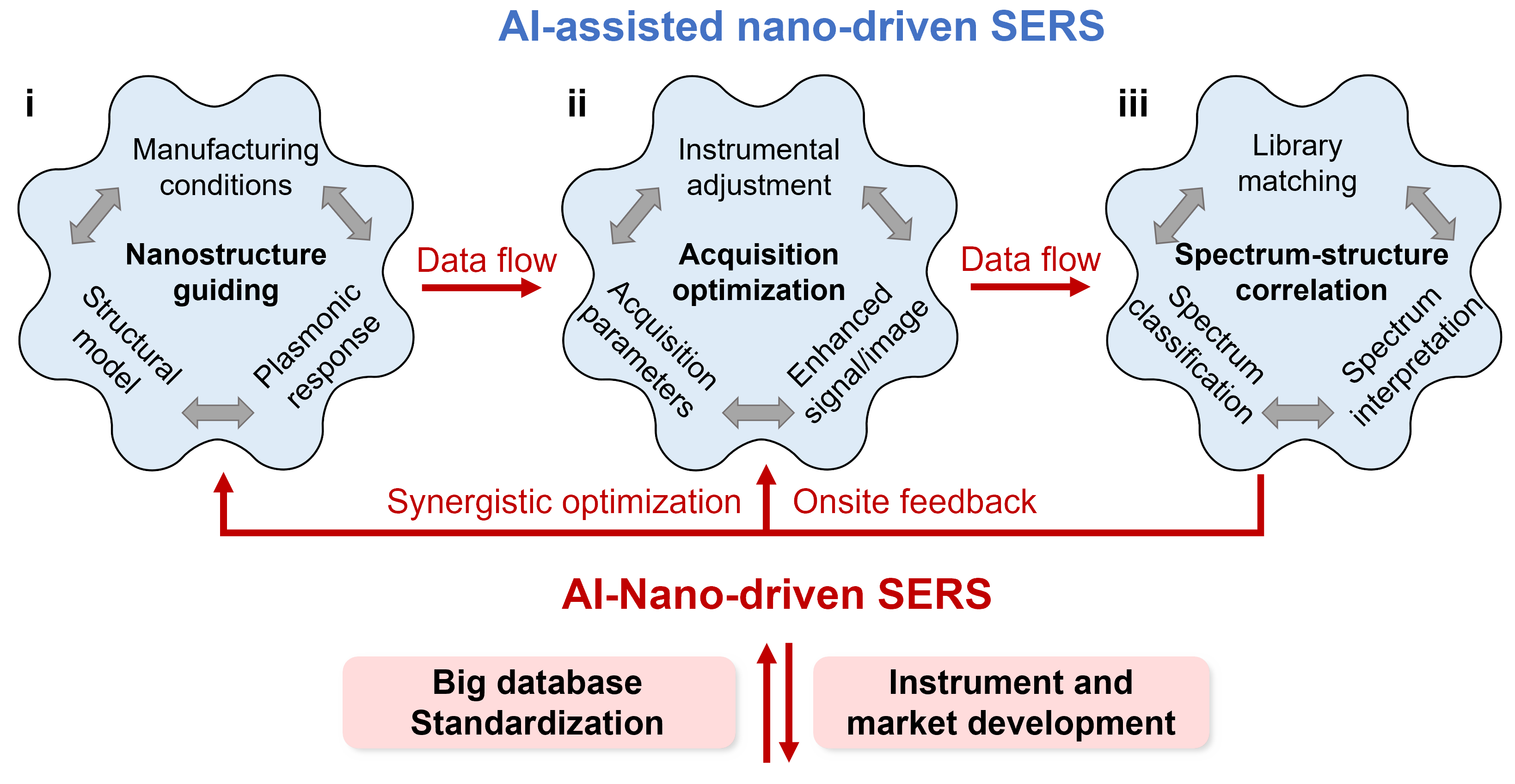
In this paper, we thoroughly examined the bottlenecks and challenges in commercializing SERS over decades, while comprehensively analyzing the significant opportunities brought by Artificial Intelligence (AI), and prospect a paradigm shift enabled by the AI-NANO-driven SERS.
8. Wei Peng, Yao-Hui Wang, Jiaxing He, Jing-Liang Yang, Jingyu Wang, Petar M. Radjenovic, Jia-Sheng Lin, Zhilin Yang, Ming-De Li, Fan-Li Zhang, Yue-Jiao Zhang, Jun Yi*, Jian-Feng Li*. Tailoring Fluorescence–Phosphorescence Emission with a Single Nanocavity, Journal of the American Chemical Society, 145, 37, 20381–20388 (2023)[pdf]
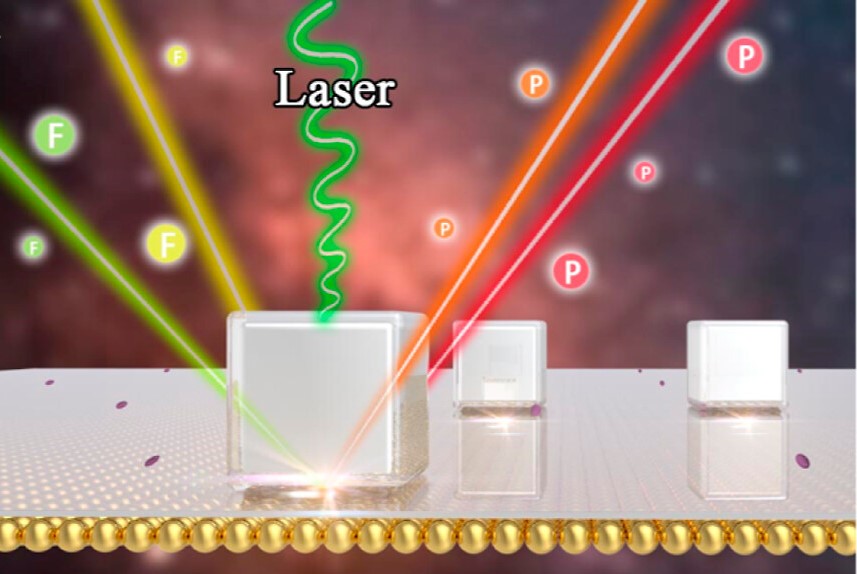
In this paper, we achieved luminescent harvesting of the dark phosphorescence processes by coupling singlet-triplet molecular emitters with a rationally designed plasmonic cavity.
7. Ye-Chuang Han#, Jun Yi#, Beibei Pang#, Ning Wang, Xu-Cheng Li, Tao Yao, Kostya S Novoselov*, Zhong-Qun Tian*. Graphene-confined ultrafast radiant heating for high-loading subnanometer metal cluster catalysts, National Science Review, 6, nwad081 (2023) [pdf] see also in [Phys.Org],[EurekAlert], [Graphene Council], and [AZONano].
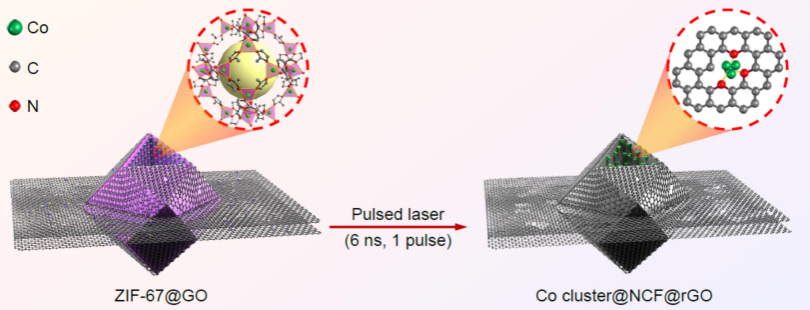
In this work, we develop a graphene-confined ultrafast radiant heating (GCURH) method with a record-high heating and cooling rate of ∼1E9°C/s and a peak temperature above 2 000°C. Based on GCURH, we demonstrate the synthesis of high-loading metal cluster catalysts within microseconds.
6. Xiaoze Liu#, Jun Yi#, Sui Yang, Erh-Chen Lin, Yue-Jiao Zhang, Peiyao Zhang, Jian-Feng Li, Yuan Wang, Yi-Hsien Lee, Zhong-Qun Tian, Xiang Zhang*. Nonlinear valley phonon scattering under the strong coupling regime, Nature Materials, 20, 1210–1215 (2021) [pdf]
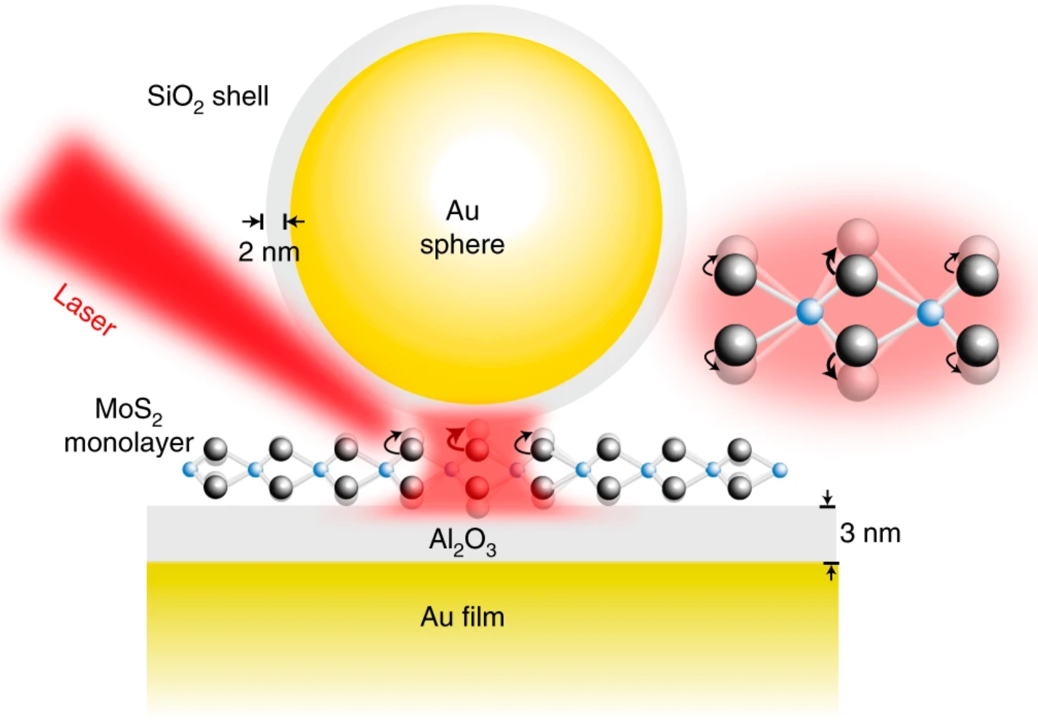
In this work, we investigate the phonon scatterings in the light-matter strong coupling regime. The stimulated valley phonon scattering by the strong coupling regime is demonstrated in plasmonic cavities embedded with monolayer TMD.
5. Chao Zhan#, Gan Wang#, Jun Yi#, Jun-Ying Wei, Zhi-Hao Li, Zhao-Bin Chen, Jia Shi, Yang Yang*, Wenjing Hong*, Zhong-Qun Tian*. Single-Molecule Plasmonic Optical Trapping, Matter, 3, 1350-1360 (2020) [pdf]
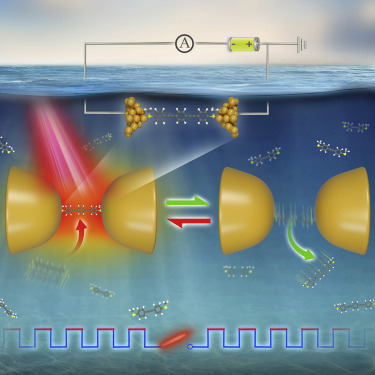
In this paper, we show that plasmon-enhanced optical trapping forces can overcome the thermal fluctuations of molecules, and demonstrate the optical trapping and release of single-molecules in the solutions.
4. Jun Yi, En-Ming You, Song-Yuan Ding*, Zhong-Qun Tian. Unveiling the molecule–plasmon interactions in surface-enhanced infrared absorption spectroscopy, National Science Review, 7, 1228-1238 (2020) [pdf] see also in [NSR Highlight], [Phys.org], and [EurekAlert]
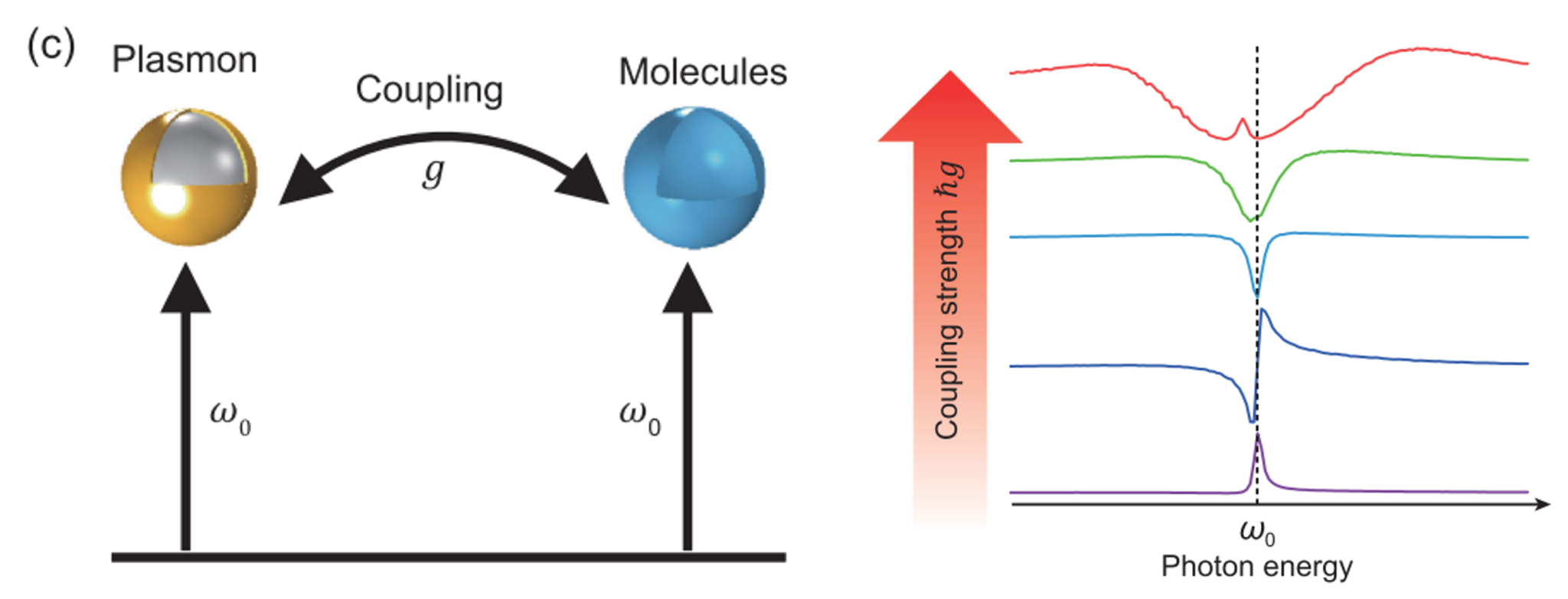
In this paper, we theoretically investigate the Fano interference between molecular vibrations and plasmons, and unveil plasmon-mediated coherent intermolecular interactions.
3. Fan-Li Zhang#, Jun Yi#, Wei Peng, Petar M. Radjenovic, Hua Zhang, Zhong-Qun Tian, Jian-Feng Li*. Elucidating Molecule‐Plasmon Interactions in Nanocavities with 2 nm Spatial‐Resolution and at Single‐Molecule Level, Angewandte Chemie International Edition, 58, 12133–12137 (2019) [pdf]

In this work, we report the observation of giant lamb shift of single-molecule fluorescence that is coupled with a plasmonic cavity, which reveals the plasmon-molecule interactions at the single-molecule level.
2. Hanyu Zhu, Jun Yi, Ming-Yang Li, Jun Xiao, Lifa Zhang, Chih-Wen Yang, Robert A Kaindl, Lain-Jong Li, Yuan Wang*, Xiang Zhang*. Observation of chiral phonons, Science, 359, 579-582 (2018) [pdf] Highlighted by [Phys news], [LBL news], and[ScienceDaily]

In this work, we for the first time report the observation of intrinsic chiral phonons via transient infrared (IR) spectroscopy in the atomic lattice of monolayer WSe2. The broken inversion symmetry of the monolayer lattice lifts the degeneracy of clockwise and counterclockwise atomic rotations at the corners of the Brillouin zone.
1. Song-Yuan Ding, Jun Yi, Jian-Feng Li, Bin Ren, De-Yin Wu, Rajapandiyan Panneerselvam, Zhong-Qun Tian*. Nanostructure-based plasmon-enhanced Raman spectroscopy for surface analysis of materials, Nature Review Materials, 1, 1-16 (2016) [pdf]
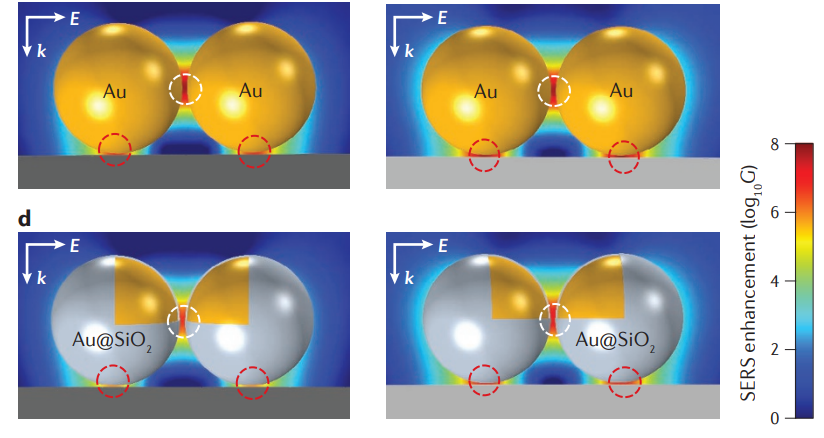
In this review paper, we review the mechanism of plasmon-enhanced Raman scattering (PERS) and discussed PERS hotspots for surface characterization of various materials. In particular, a new generation of hotspots that are generated from hybrid structures combining PERS-active nanostructures and probe materials is highlighted.

